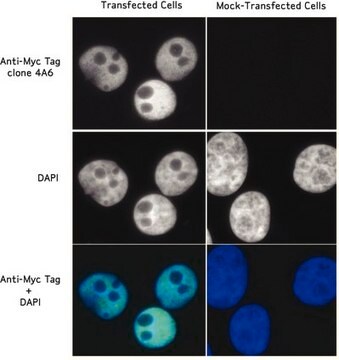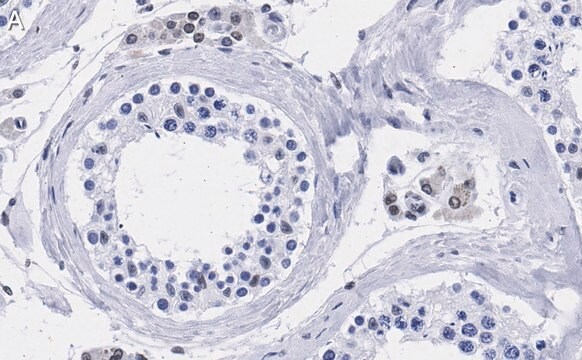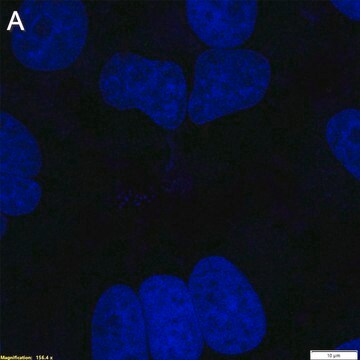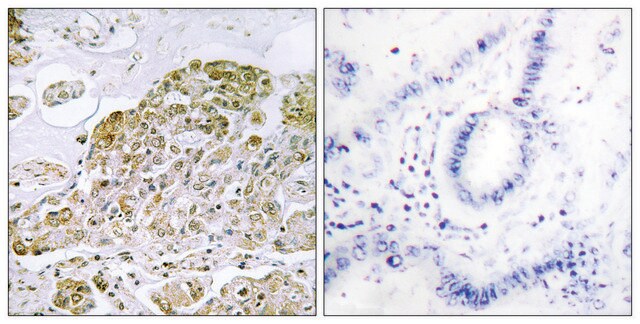Wichtige Dokumente
SAB4200824
Anti-TFE3 antibody, Mouse monoclonal
clone TFE3-37, purified from hybridoma cell culture
Synonym(e):
Class E basic helix-loop-helix protein 33, Transcription factor E3, bHLHe33
About This Item
Empfohlene Produkte
Biologische Quelle
mouse
Antikörperform
purified from hybridoma cell culture
Klon
TFE3-37, monoclonal
Form
buffered aqueous solution
Mol-Gew.
60 kDa
Speziesreaktivität
human, mouse, bovine, rat, canine
Verpackung
antibody small pack of 25 μL
Konzentration
~1 mg/mL
Methode(n)
immunoblotting: 1.5-3 μg/mL using human A549 cells extract
Isotyp
IgG1
UniProt-Hinterlegungsnummer
Versandbedingung
dry ice
Lagertemp.
−20°C
Posttranslationale Modifikation Target
unmodified
Angaben zum Gen
human ... TFE3(7030)
Allgemeine Beschreibung
TFE3 serve an important role in cell growth, cell proliferation, cellular adaptation to starvation and cellular response to ER stress. Under nutrient-rich conditions, TFE3 is located in the cytoplasm, and under starvation conditions or treatment with ER stressors, TFE3 rapidly translocates to the nuclear. In the nuclear localization, TFE3 mediates cellular adaptation to stress by simultaneously promoting lysosomal biogenesis, autophagy induction, as well as expression of critical mitochondrial and metabolic regulators. It been shown that TFE3 also participate in the transcriptional regulation of the innate immune response.
Pathogen infections promote TFE3 nuclear translocation, thus inducing In vivo expression of several cytokines and chemokines.
Anwendung
Physikalische Form
Sonstige Hinweise
Haftungsausschluss
Lagerklassenschlüssel
10 - Combustible liquids
WGK
WGK 1
Flammpunkt (°F)
Not applicable
Flammpunkt (°C)
Not applicable
Hier finden Sie alle aktuellen Versionen:
Analysenzertifikate (COA)
Die passende Version wird nicht angezeigt?
Wenn Sie eine bestimmte Version benötigen, können Sie anhand der Lot- oder Chargennummer nach einem spezifischen Zertifikat suchen.
Besitzen Sie dieses Produkt bereits?
In der Dokumentenbibliothek finden Sie die Dokumentation zu den Produkten, die Sie kürzlich erworben haben.
Unser Team von Wissenschaftlern verfügt über Erfahrung in allen Forschungsbereichen einschließlich Life Science, Materialwissenschaften, chemischer Synthese, Chromatographie, Analytik und vielen mehr..
Setzen Sie sich mit dem technischen Dienst in Verbindung.







